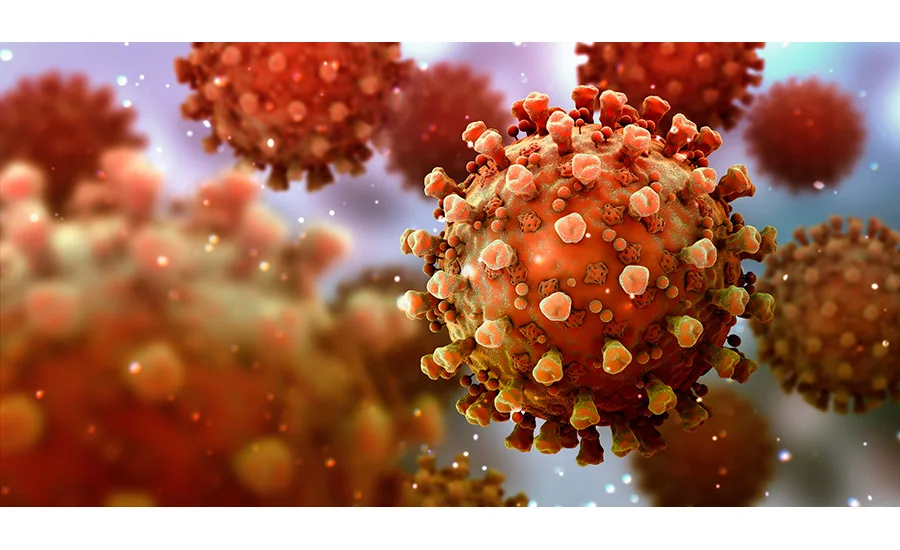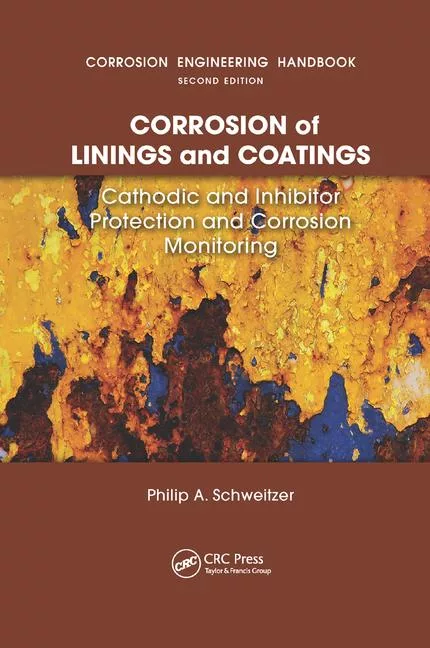Revenues from Smart Coatings and Surfaces for Combatting Bacteria and Viruses Projected to Top $1 Billion by 2025
The severity of COVID-19 means that both consumer and industrial markets are now intensely interested in providing antimicrobial protection to employees and loved ones.

The market for smart antibacterial and antiviral products will reach $1.3 billion by 2025, according to a recent report from n-tech Research. Growth will be driven by efforts to combat COVID-19 and provide safer workplaces, healthcare, and improved public health.
In the past, the biggest drivers for smart antimicrobials have been healthcare-acquired infections (HAIs) and antibiotic-resistant bacteria. The advent of COVID-19 has broadened the market. The severity of COVID-19 means that both consumer and industrial markets are now intensely interested in providing antimicrobial protection to employees and loved ones. The COVID-19 scare promoted product development in both antivirals and antibacterials.
In the past, consumers have been reluctant to buy smart antimicrobial products because of their high price and short life. This has changed, as smart antimicrobials are justified today on the basis of health, economic, and societal requirements. A major focus of antimicrobial R&D is to make them more cost effective and give them longer lifetimes.
By 2025, smart antiviral coatings are expected to generate $340 million in revenue, with much of these revenues coming from pre-existing products that have been repurposed for the age of COVID-19. Rebranding or repurposing existing products enables suppliers to quickly move into the rapidly growing market for antivirals.
Smart antibacterial surfaces are expected to produce revenues of $306 million by 2025. These include surfaces with embedded sensors and delivery mechanisms that deliver antibacterials. Also relevant are smart cleaning surfaces and smart healing surfaces. Future antimicrobial smart surfaces may embody sensors to identify and detect dangerous bacteria. Antiviral surfaces do not exist yet but may appear on the market in the next 8-10 years.
n-tech expects a flood of material innovations in order to stop the spread of bacteria and especially viruses. Novel materials such as biocides, antimicrobial peptide coatings, organosilane nanocoatings, and liquid metals are forecast to reach $227.3 million for antibacterial use.
Additional details are available at www.ntechresearch.com.
Looking for a reprint of this article?
From high-res PDFs to custom plaques, order your copy today!




